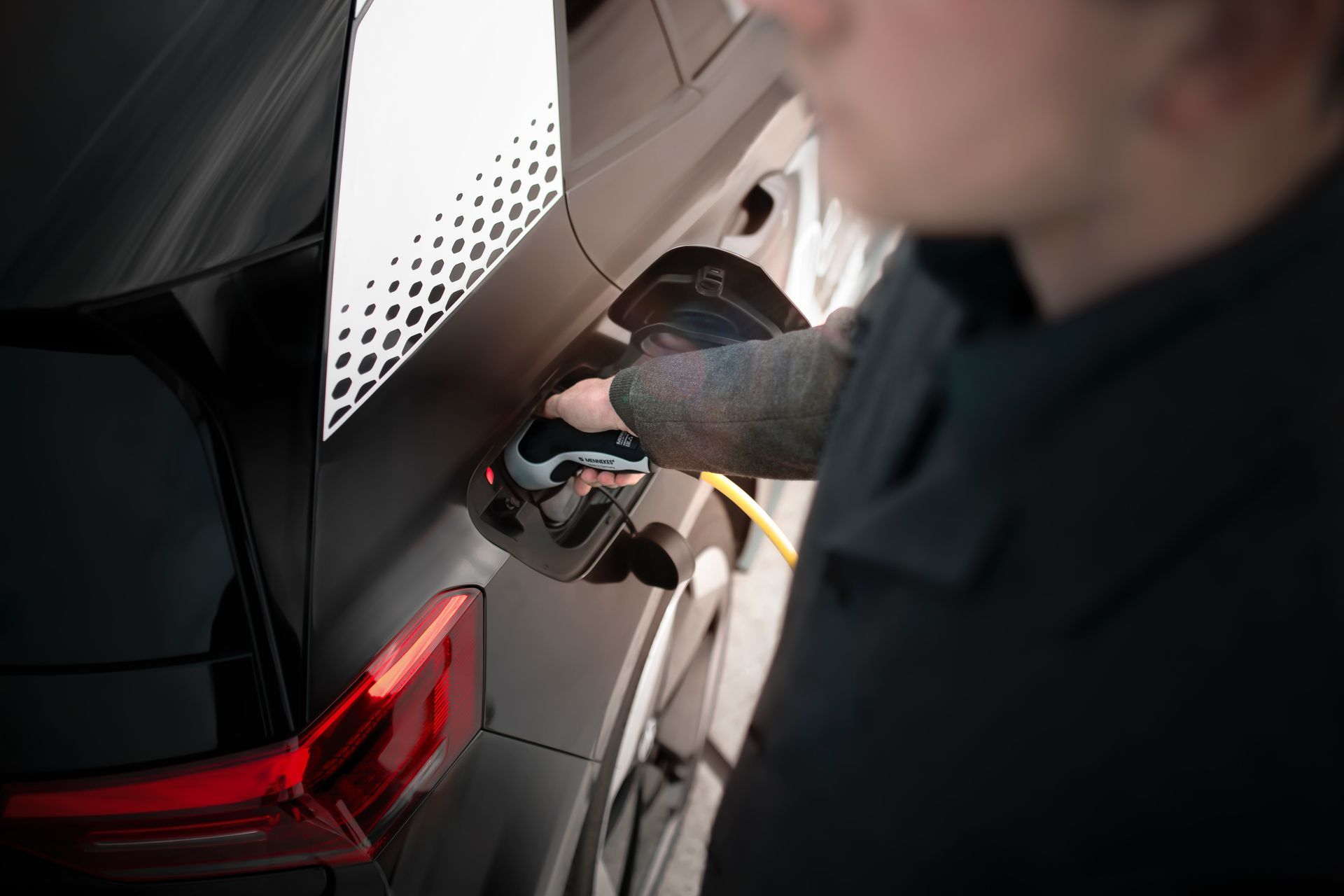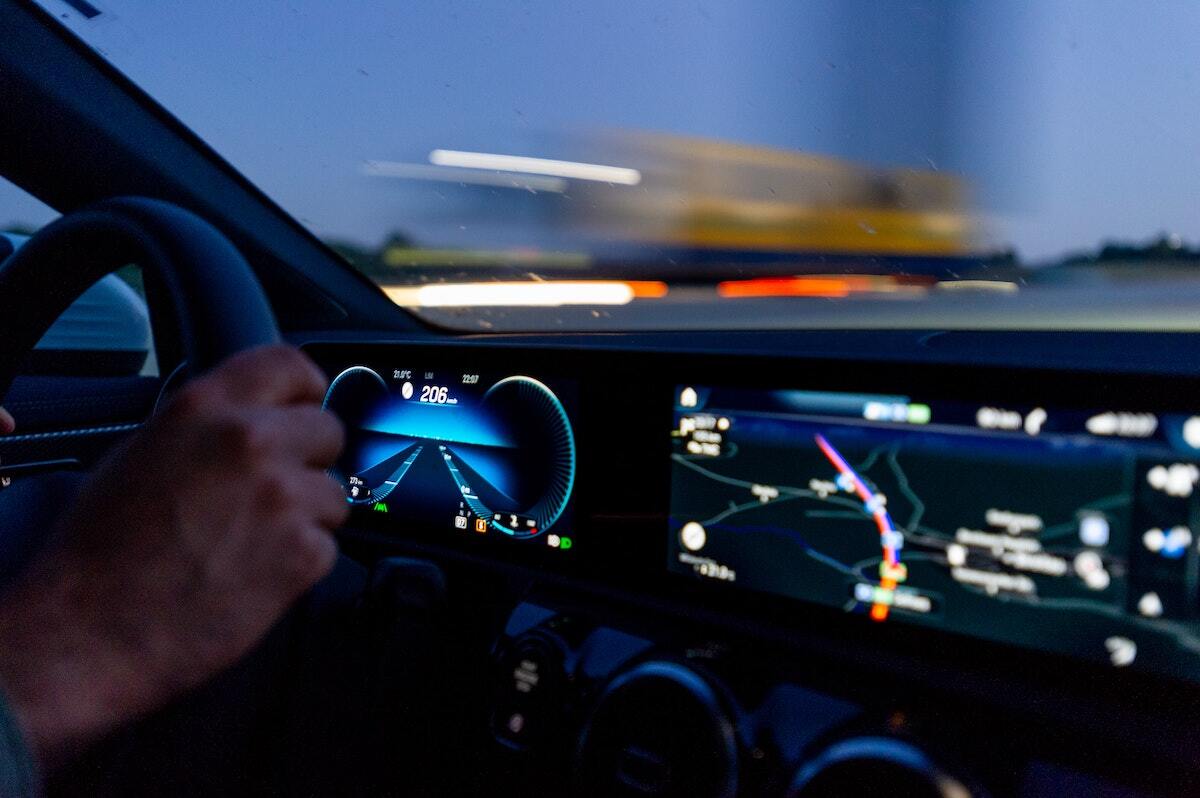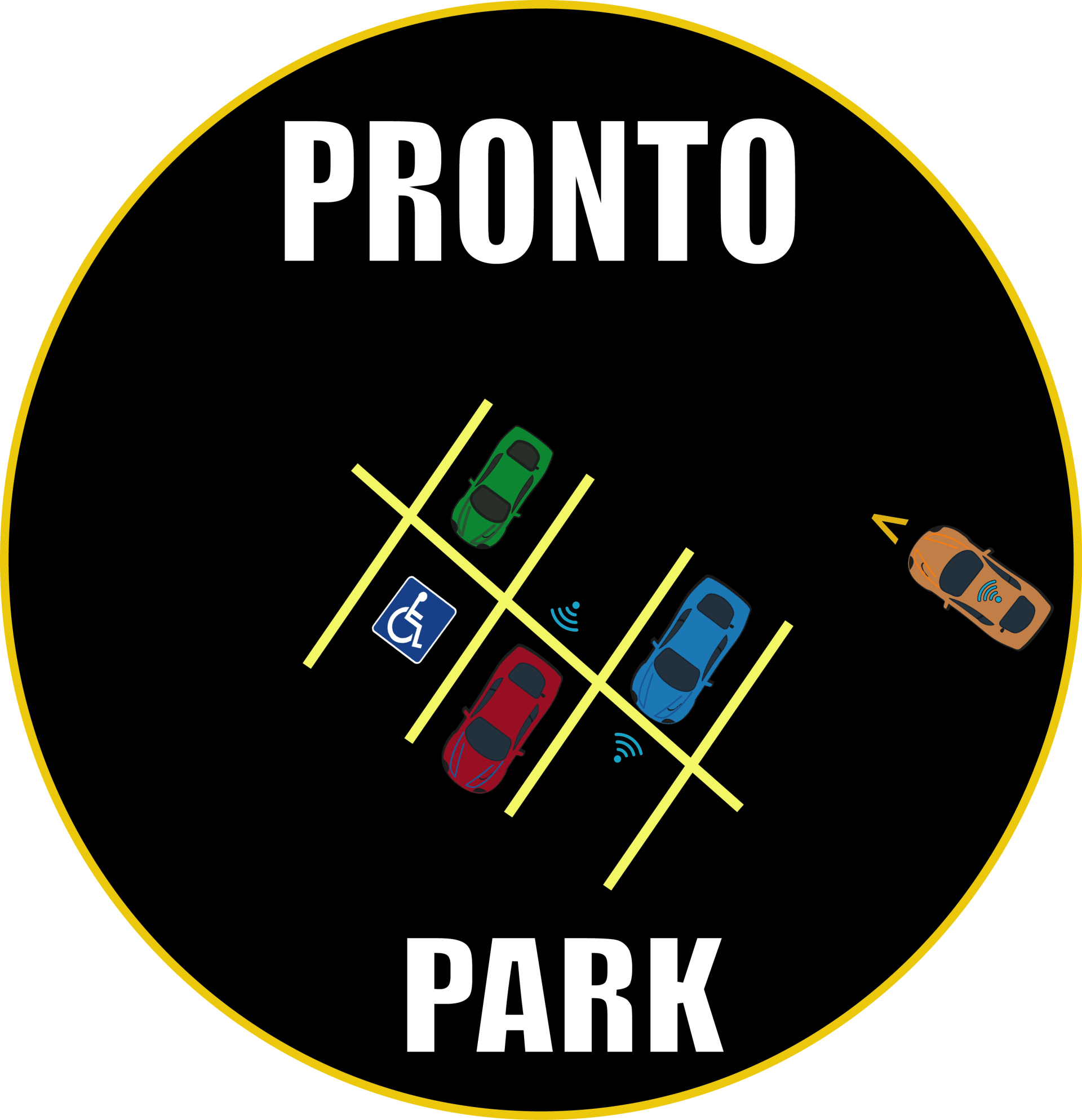
Role of Technology in Enhancing Micromobility Services and Choosing the Right Option for Your Needs
The rapid evolution of urban transportation has been significantly influenced by the emergence of micromobility services, such as bike-sharing and electric scooters. These innovations have not only changed how people move around cities but have also been greatly enhanced by technological advancements.
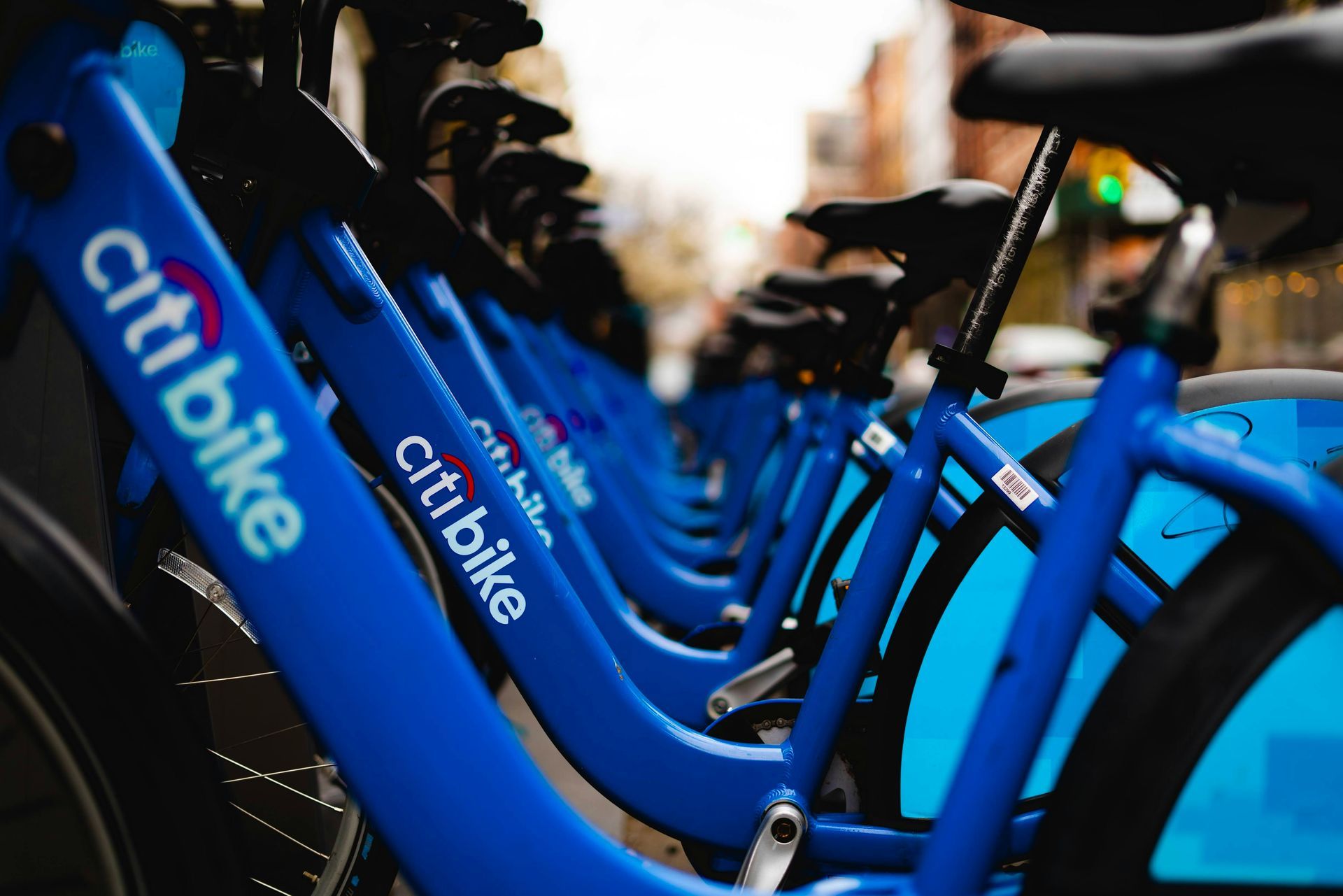
Slide title
Write your caption hereButton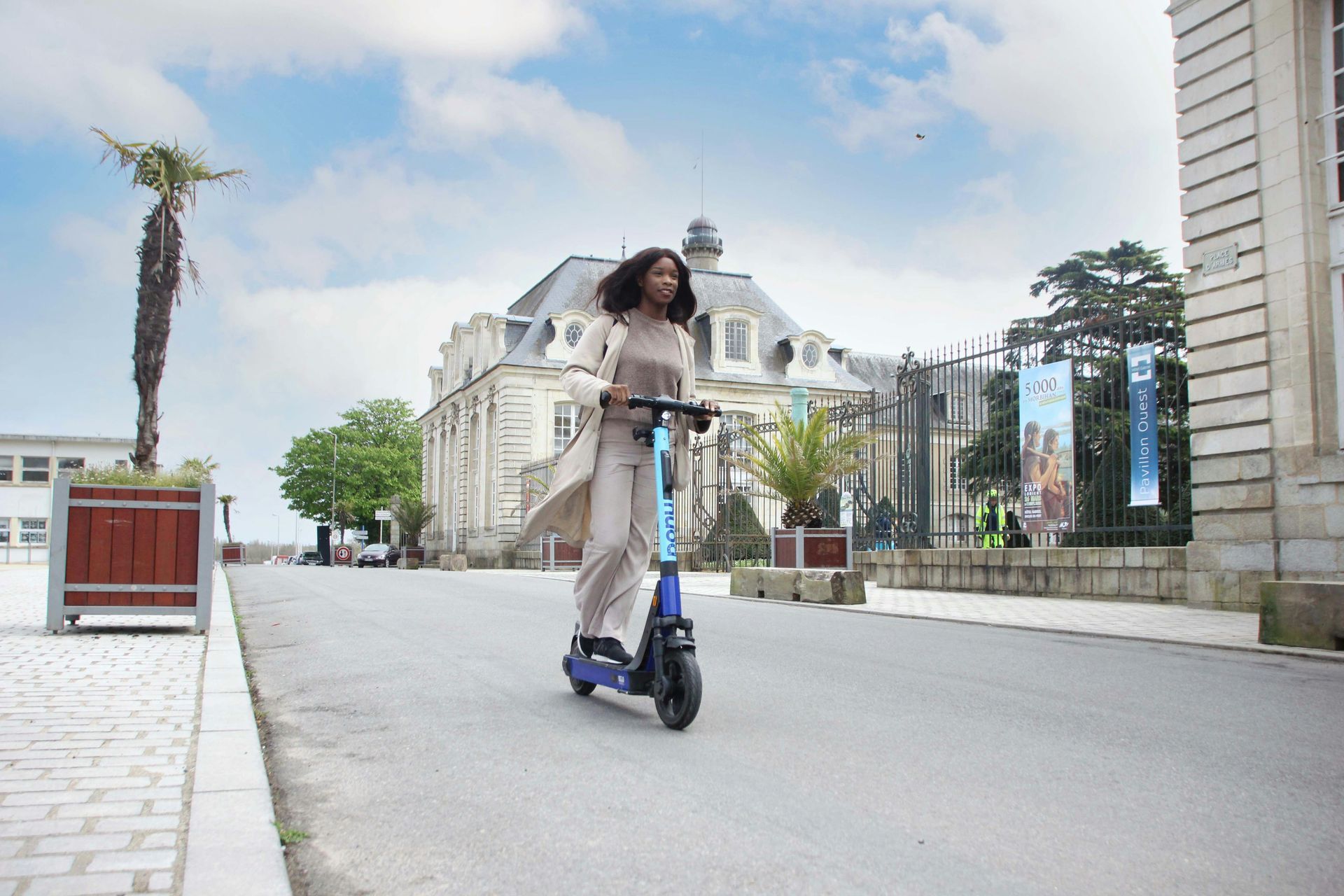
Slide title
Write your caption hereButton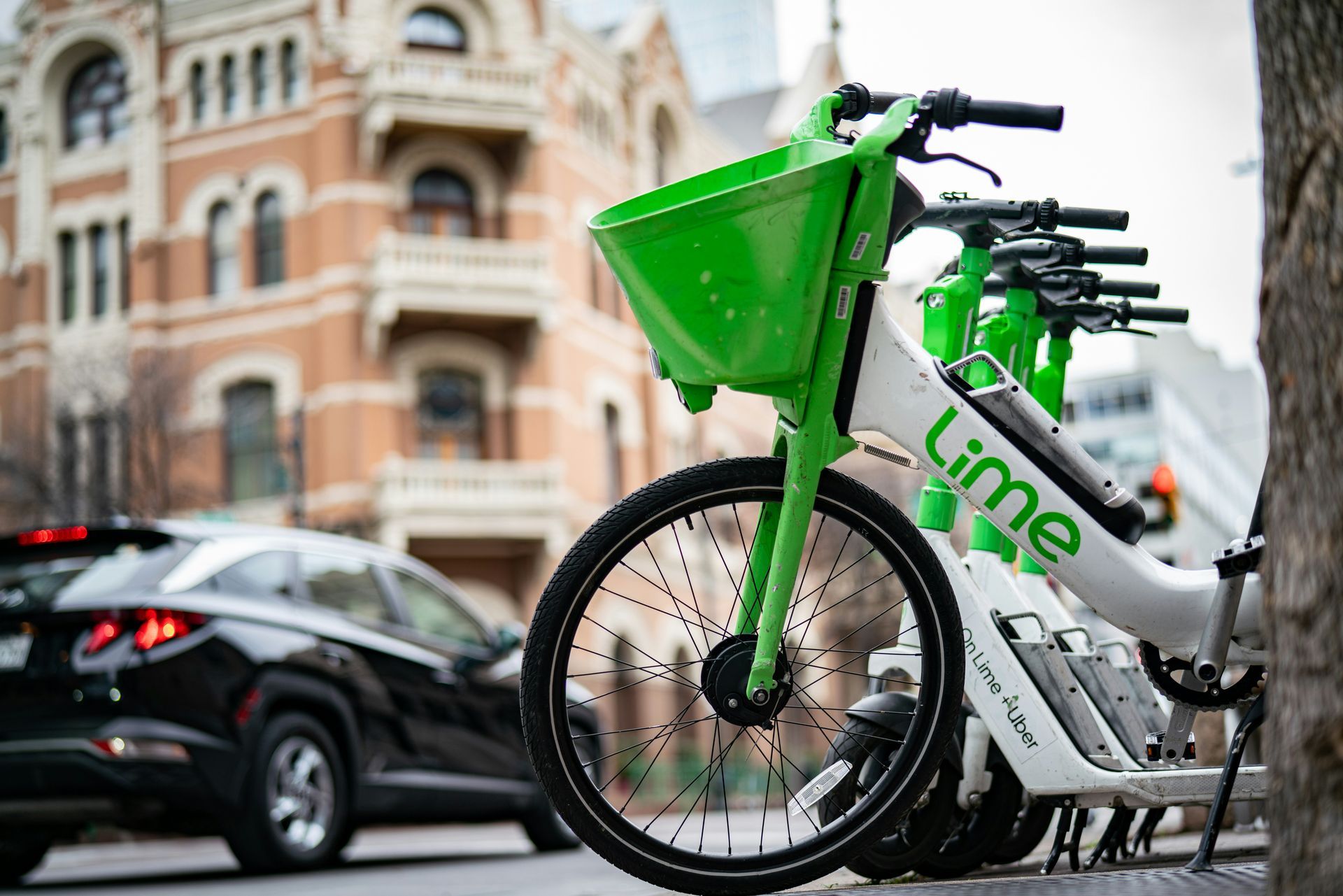
Slide title
Write your caption hereButton
Slide title
Write your caption hereButton
Slide title
Write your caption hereButton
Enhancing Micromobility with Technology
Technology has revolutionized the micromobility landscape, making it more efficient, accessible, and sustainable. One of the most significant technological advancements is the use of real-time data and analytics. Micromobility operators utilize advanced GPS and telematics to manage their fleets, ensuring that bikes and scooters are available where and when users need them. This real-time data not only optimizes fleet distribution but also helps in maintaining the vehicles by providing insights into usage patterns and potential maintenance needs.
Smartphone integration has also played a crucial role in enhancing micromobility services. With user-friendly mobile apps, accessing these services has never been easier. Users can locate, unlock, and pay for bikes and scooters directly from their smartphones. These apps often provide personalized recommendations based on user preferences, making the experience more tailored and convenient. Moreover, they offer features such as real-time traffic updates and suggested routes, further enhancing the user experience.
The Internet of Things (IoT) and connectivity are other technological advancements that have significantly impacted micromobility. IoT devices installed on bikes and scooters enhance security through features like remote locking and theft prevention. These devices can also detect potential issues and send maintenance alerts, ensuring that vehicles are in good working condition and reducing downtime. This proactive approach to maintenance is essential for maintaining a reliable and efficient fleet.
Artificial intelligence (AI) and machine learning are being increasingly used to predict demand patterns and optimize routes. By analyzing historical data and current trends, AI can determine where and when bikes and scooters are most needed, allowing operators to position them strategically. This not only improves the availability of vehicles but also reduces wait times for users. Machine learning algorithms can also optimize routes, helping users reach their destinations more quickly and efficiently.
Sustainability is a key concern in urban transportation, and technological advancements are contributing to more eco-friendly micromobility options. Electric vehicles, including e-bikes and e-scooters, are becoming more efficient thanks to improvements in battery technology. Additionally, the integration of solar-powered charging stations reduces reliance on grid electricity and enhances the sustainability of these services.
User safety is another area where technology has made significant strides. Advanced sensors and collision detection systems can alert users to potential hazards, while smart helmets equipped with sensors can monitor head impacts and provide data for safety improvements. These technological advancements not only enhance the safety of micromobility services but also build trust among users.
Seamless payment systems have also simplified the user experience. Integrated digital wallets allow users to pay for micromobility services quickly and easily. Subscription models offer flexible payment options, catering to different user needs and making the services more accessible. These payment innovations remove barriers and encourage more people to adopt micromobility as a viable mode of transportation.
Lastly, the integration of micromobility services with urban planning and smart city initiatives is paving the way for more efficient and connected cities. Data sharing between micromobility operators and city planners can help design better infrastructure, such as bike lanes and parking facilities. This collaboration ensures that micromobility services complement public transportation systems, providing a seamless and integrated urban mobility solution.
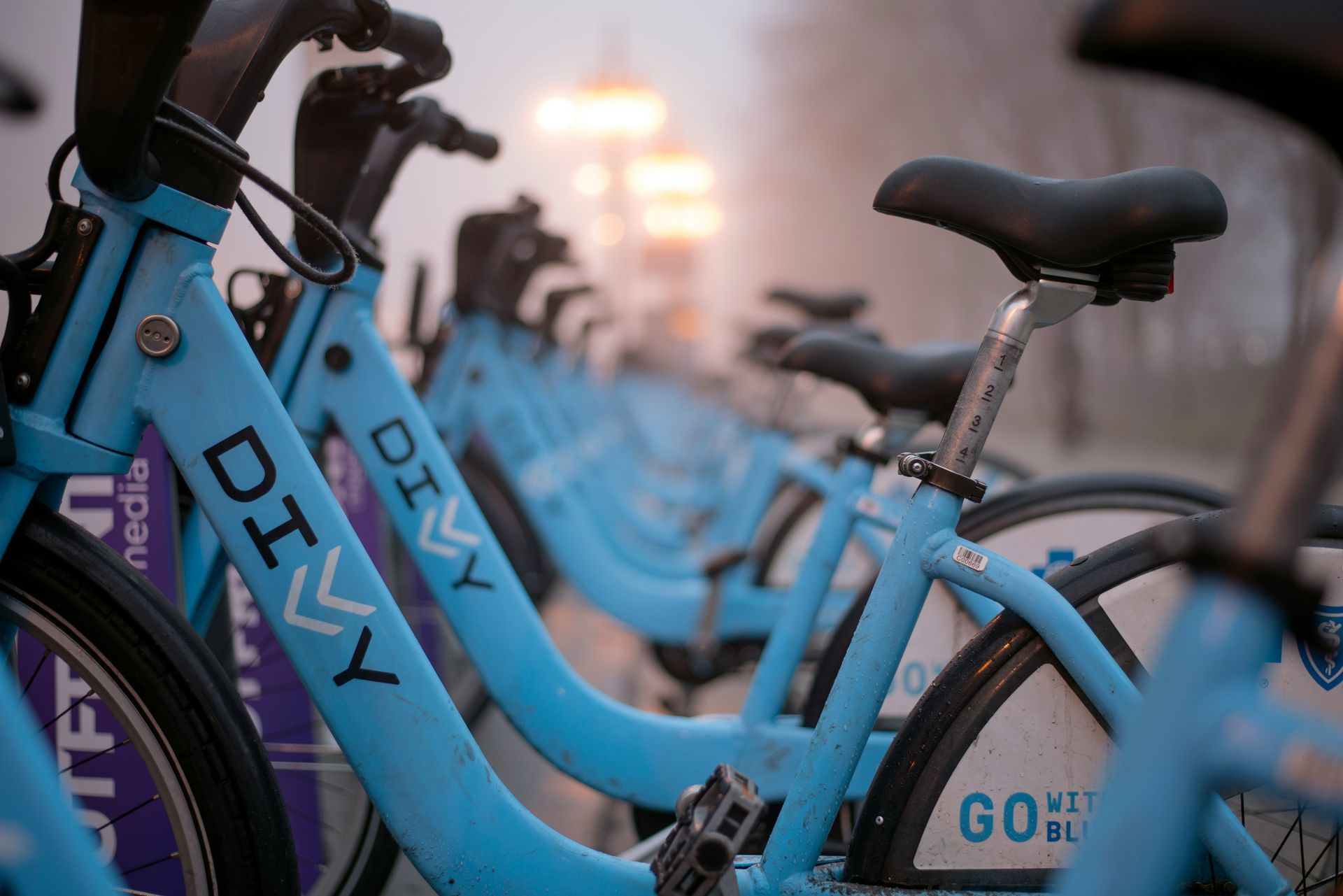
Slide title
Write your caption hereButton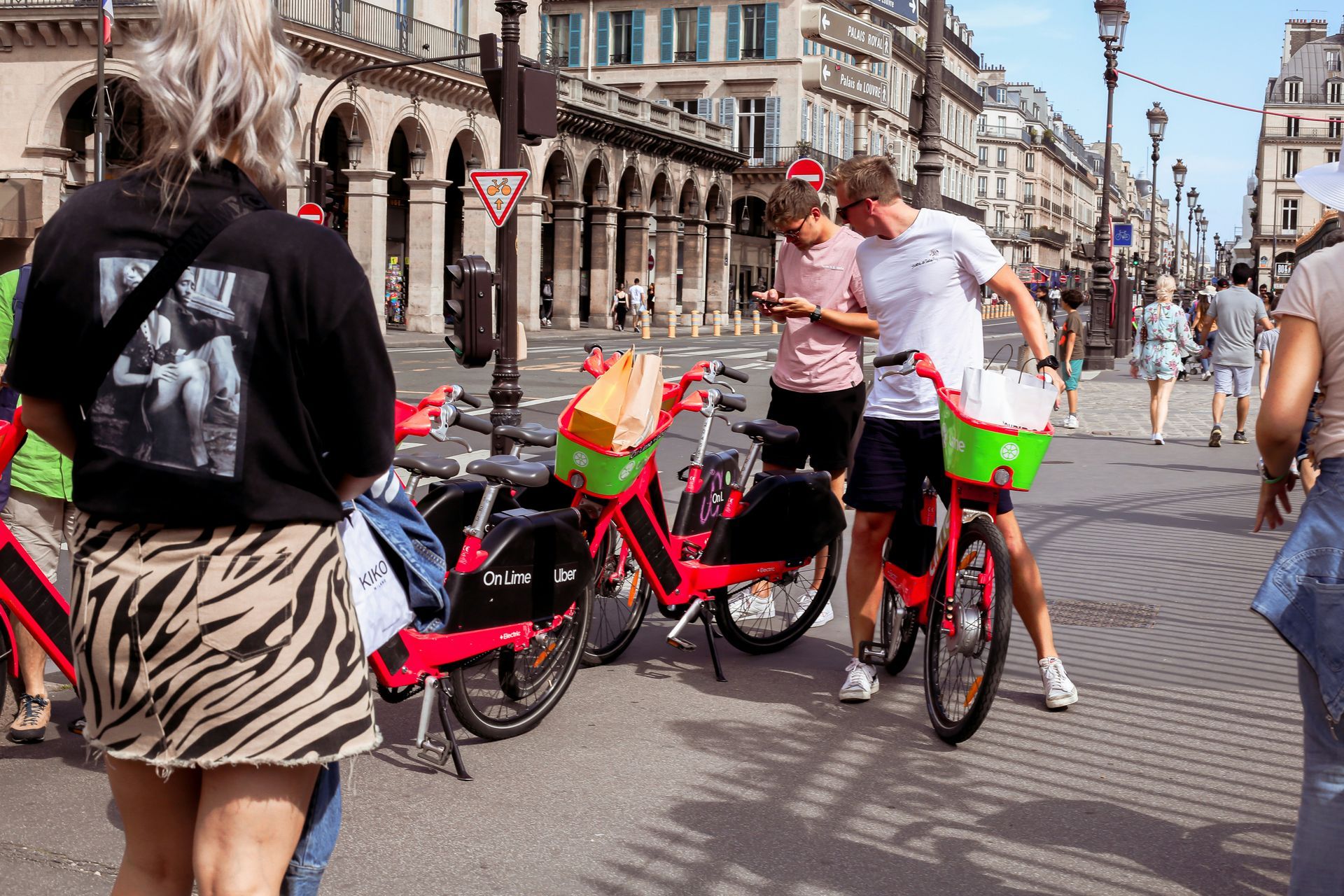
Slide title
Write your caption hereButton
Slide title
Write your caption hereButton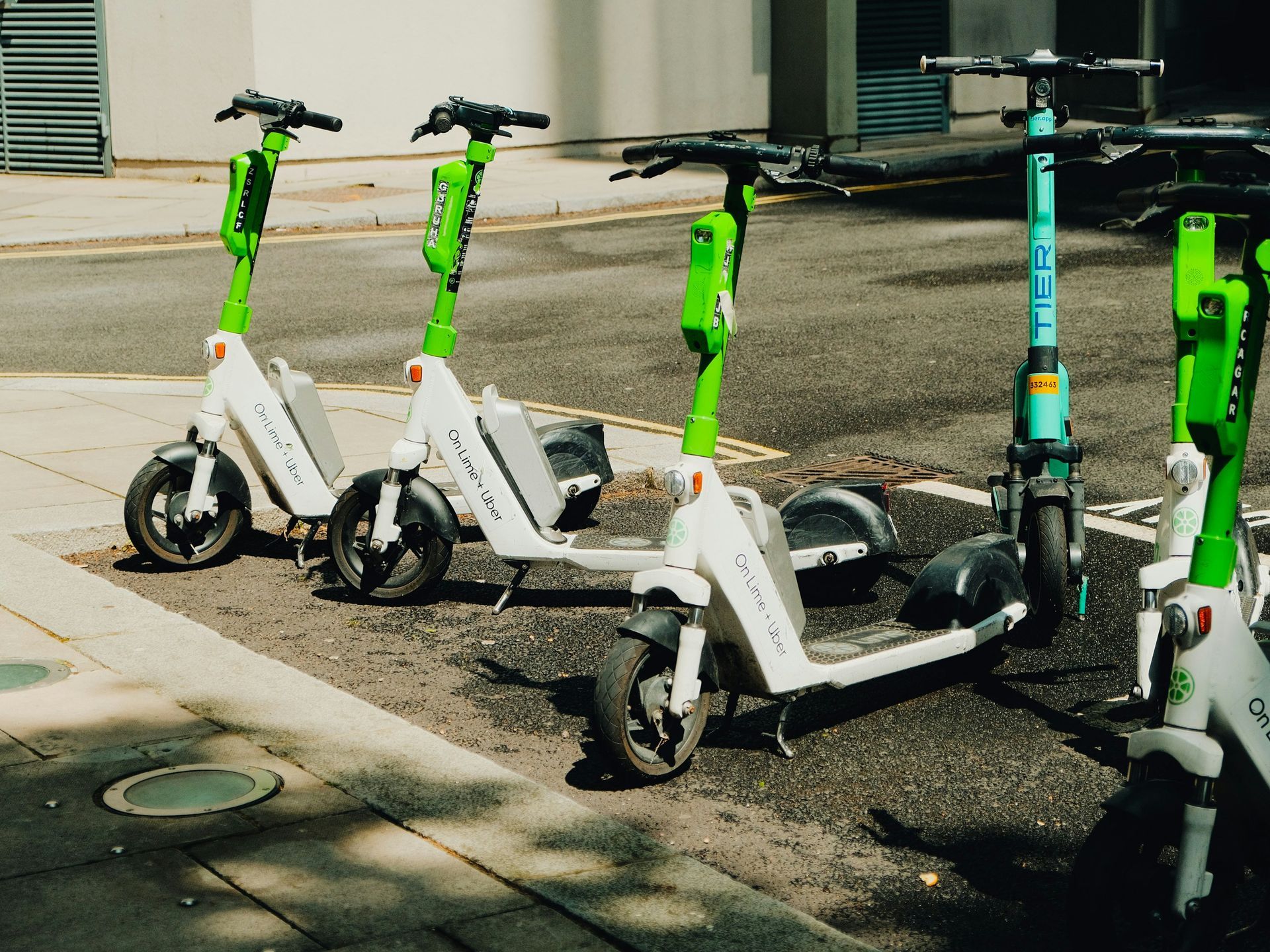
Slide title
Write your caption hereButton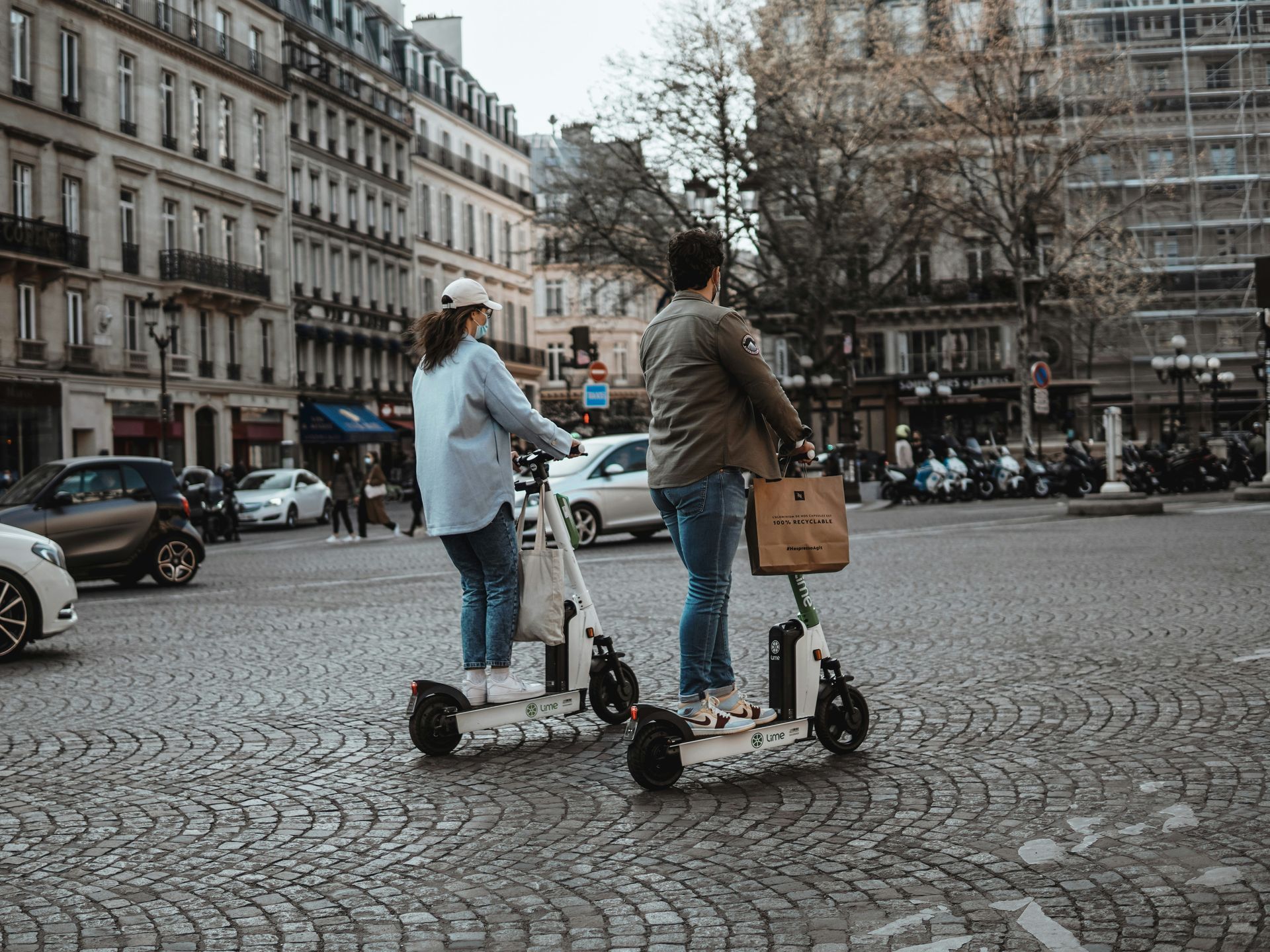
Slide title
Write your caption hereButton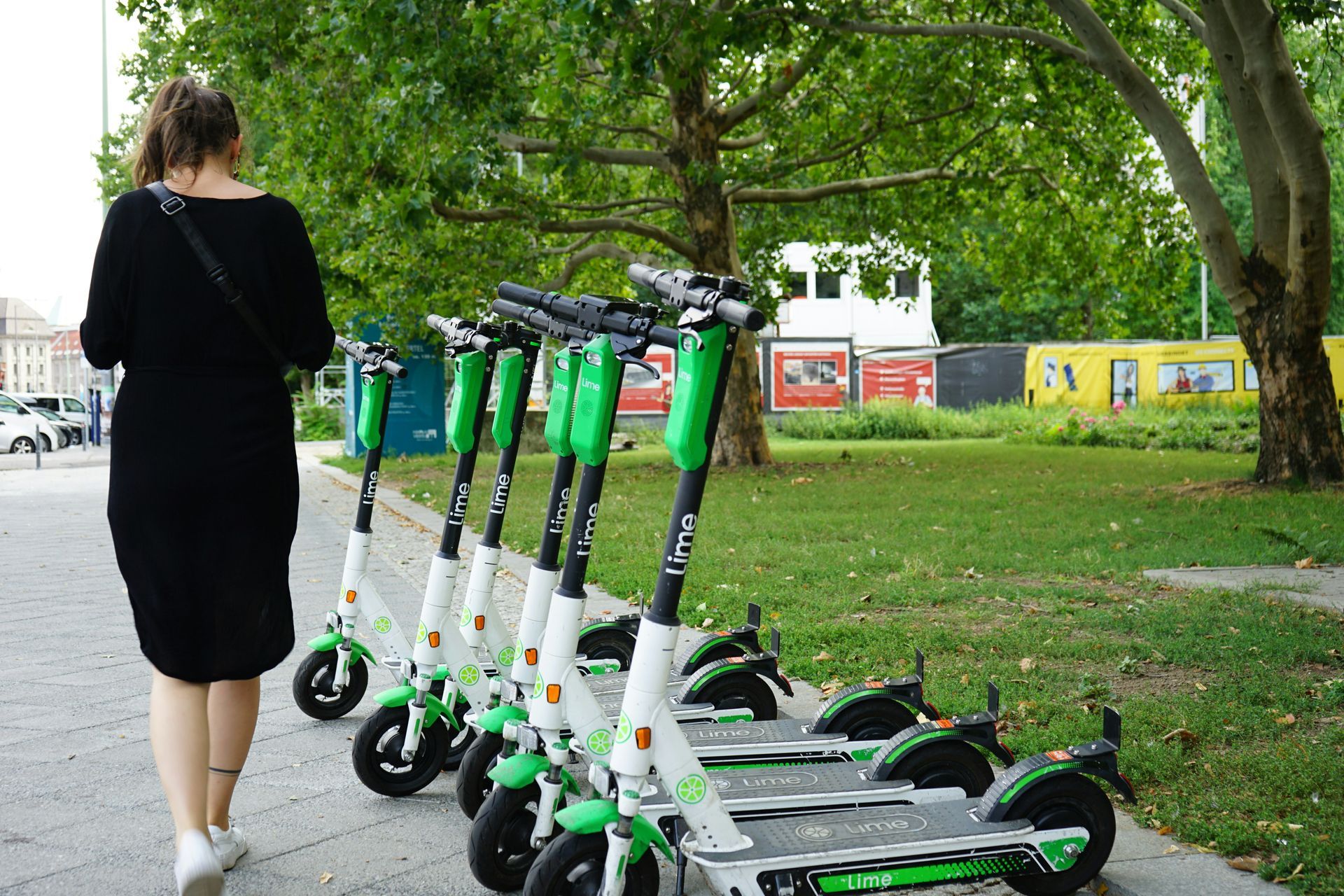
Slide title
Write your caption hereButton
Choosing the Right Micromobility Option
With a variety of micromobility options available, selecting the right one can enhance your travel experience and efficiency. To make an informed decision, consider the purpose of your trip, the distance and duration, cost and budget, availability and convenience, environmental impact, safety and comfort, weather conditions, traffic and infrastructure, user reviews and ratings, and the potential for trial and error.
Firstly, the purpose of your trip plays a crucial role in determining the best micromobility option. For commuting to work, an electric bike or scooter can provide a quick and efficient mode of transport, allowing you to navigate through traffic and reach your destination on time. On the other hand, if you are planning a leisurely ride or sightseeing, traditional bicycles might offer a more relaxed and enjoyable experience, allowing you to take in the sights at your own pace.
The distance and duration of your trip are also important factors to consider. Scooters are ideal for short trips around the city, typically under a few miles. They are quick, convenient, and easy to maneuver through traffic. However, for longer distances, electric bikes are a better choice. They offer more comfort and require less physical exertion, making them suitable for extended journeys.
Availability and convenience are crucial factors to consider when choosing a micromobility option. Dockless options provide more flexibility, allowing you to pick up and drop off vehicles anywhere within the service area. This convenience can save time and effort, especially in busy urban environments. However, docked systems can offer more reliability in terms of vehicle availability, as you are guaranteed a parking spot at the end of your ride.
In conclusion, technology has played a vital role in enhancing micromobility services, making them more efficient, accessible, and sustainable. By considering the purpose of your trip, distance and duration, cost and budget, availability and convenience, environmental impact, safety and comfort, weather conditions, traffic and infrastructure, user reviews and ratings, and the potential for trial and error, you can choose the right micromobility option for your needs. Embracing these innovations can significantly improve your urban travel experience and contribute to a more sustainable future.



